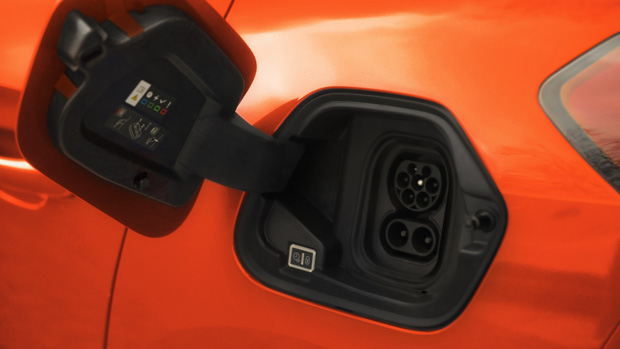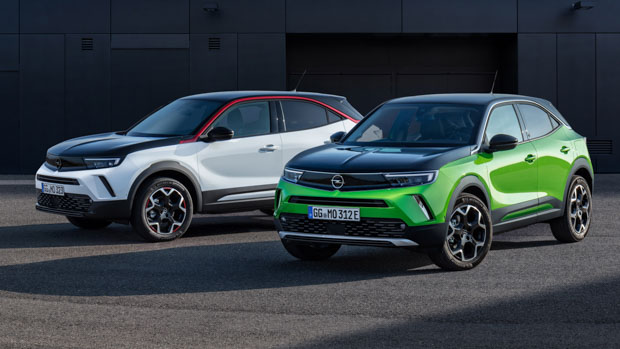-
Car Reviews
- All reviews
- Midsize SUVs
- Small cars
- Utes
- Small SUVs
- Large SUVs
- Large cars
- Sports SUVs
- Sports cars
- Vans
Latest reviews
- Car News
-
Car Comparisons
Latest comparisons
- Chasing Deals
Opel will revive its storied Manta nameplate on an electric vehicle by 2025 as Stellantis’s electric future shapes up
Opel will revive its Manta nameplate for an all-new electric vehicle in the near-future – the first time that ‘Manta’ has appeared on an Opel product since the original rear-drive coupe died way back in 1988.
Opel’s revival of the moniker was confirmed in a report by Autocar. It’s unclear exactly what form the new Manta will take, but current trends suggests a two-door coupe is unlikely, but a sloping-roofed crossover is probable.
The upcoming Manta forms part of a broader strategy at Opel and Vauxhall as the sister brands commit to full electrification by 2028.
This is already in play with the Opel Corsa light hatch available with a battery-electric powertrain shared with the Peugeot e-208.
Moving forward to 2028, the Opel Astra hatchback launched in September already offers a PHEV powertrain, a pure electric option slated to appear 2023, with the Mokka small SUV likely to follow suit.
In May this year, Opel produced an amazing homage to the Manta nameplate, fitting a first-generation Manta coupe (1970-75) with 110kW/256Nm electric motor hooked up to a four-speed manual transmission to create the fluro-yellow Manta GSe Elektromod.
This concept harks back to the Manta’s storied racing history on rally stages. The Manta dominated rallying until Group B regulations introduced turbochargers and AWD systems, and the rear-wheel-drive Manta just couldn’t keep up.
Interestingly, Stellantis suggested there would be another EV launched alongside the Manta in the form of a new Lancia Delta, ironically one of the Group B cars that rendered the Manta rally car obsolete.
Rather than a sporty coupe, the new Manta is likely to take shape as a medium SUV with a sloping roof, making it a direct competitor for the Ioniq 5, Volkswagen ID5, Kia EV6 and Citroen e-C4.
The forthcoming Manta, then, may offend purists in much the same way that the Mustang’s rebirth as the Mach-E electric SUV did for the Blue Oval faithful.
Like the repurposing of the Mustang nameplate on an electric SUV, it’s likely the Manta name might cause some controversy. However, Opel is keen to play on its heritage as former CEO Michael Lohscheller put it, “Opel will reinvent the Manta-e by mid-decade, and bring a very emotional car to the market that will excite our customers.”
The report by Autocar suggests the upcoming Manta could function as a halo car for both Opel and Vauxhall.
Newly formed conglomerate Stellantis has promised four new scalable EV platforms over the next decade, one of which is certain to underpin the new Manta.
Dubbed STLA – and pronounced ‘stella’ – the architecture will span four different sizes. There will be STLA small, medium, and large, as well as ‘frame’ for off-roaders and utes.
Stellantis says that vehicles based on the new architecture will begin to launch from 2023.
Stellantis CEO Carlos Tavares confirmed at the group’s annual general meeting in April this year that cars based on the STLA medium architecture would be capable of 700km-plus on a single charge.
This will be achieved with lithium-ion battery packs sized between 87kWh-104kWh depending on application and price level.
The batteries will be hooked up to ‘scalable electric drive modules’ and Stellantis suggests vehicles on the STLA medium architecture will utilise motors with outputs between 125-180kW.
Stellantis has not made clear whether the above outputs reflect total system power, or with dual motors – as offered in the Volkswagen ID4 GTX – that power could be multiplied.
The Stellantis group has so far shied away from offering pure EVs in Australia, choosing to only offer a petrol version of the new Citroen C4, for example. But as infrastructure improves, more EVs will definitely be on the table, and given the popularity of medium SUVs, the Manta could fit the brief.
Opel’s track record down under is very minimal too, with a two year stint (2012-2013) of sales in the last 50 years, but Australia hasn’t seen a Vauxhall-badged product since 1967, so if Manta were to launch here in the latter half of the decade, our money would be on Opel branding.
Latest news
About Chasing cars
Chasing Cars reviews are 100% independent.
Because we are powered by Budget Direct Insurance, we don’t receive advertising or sales revenue from car manufacturers.
We’re truly independent – giving you Australia’s best car reviews.



